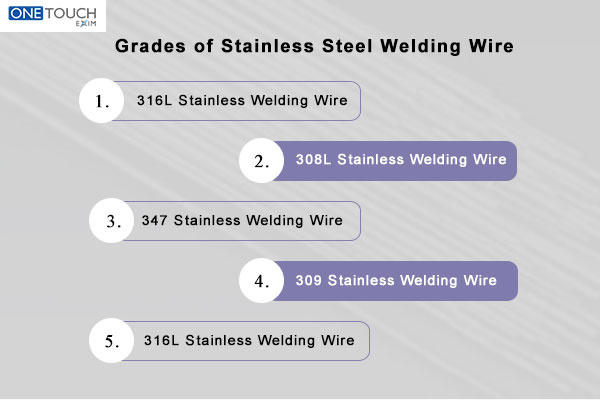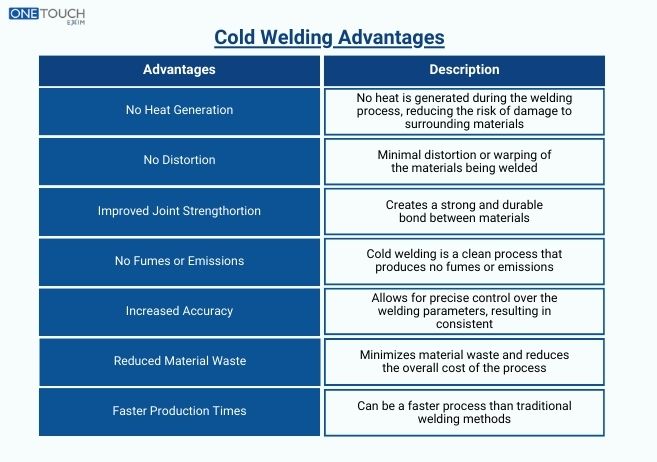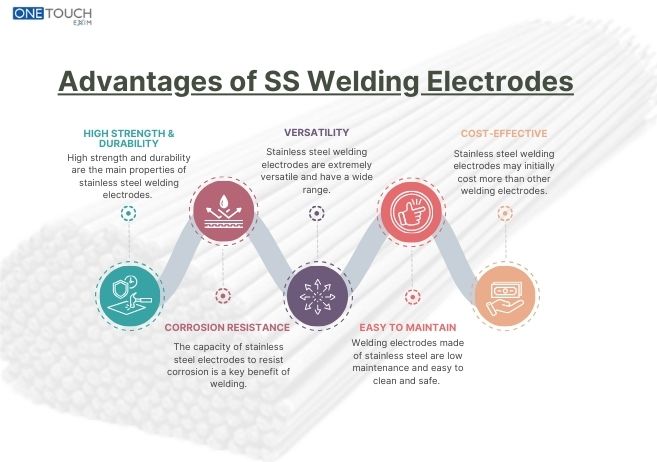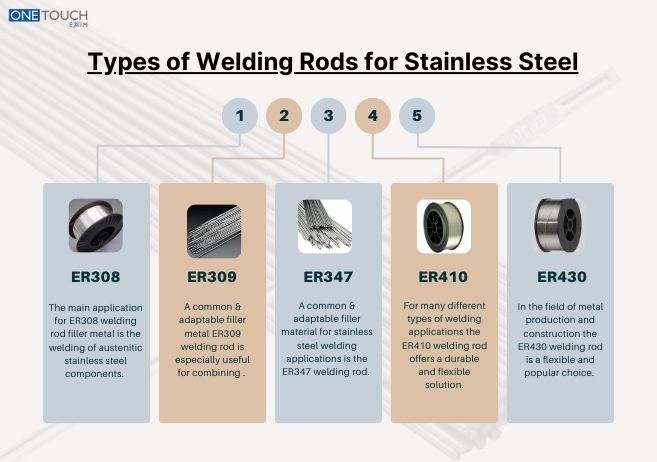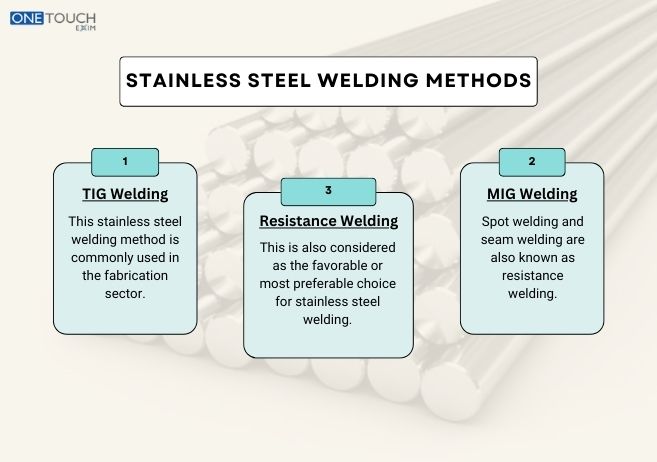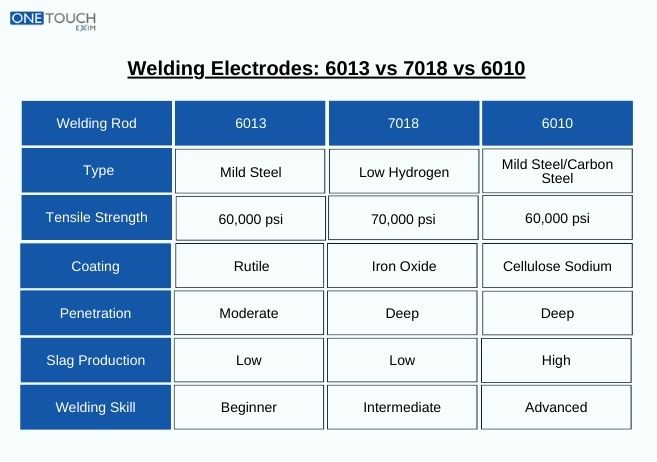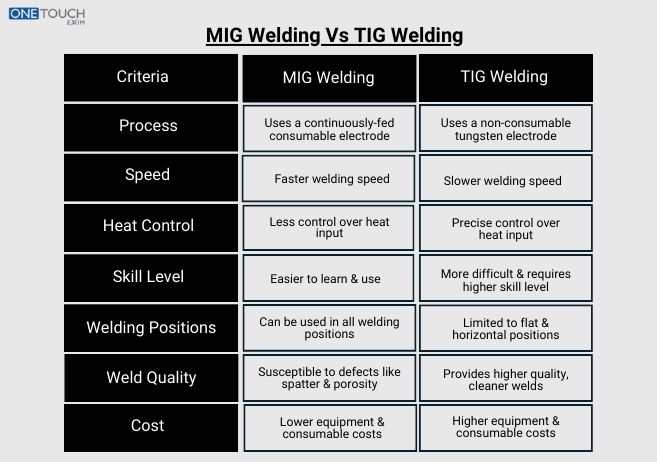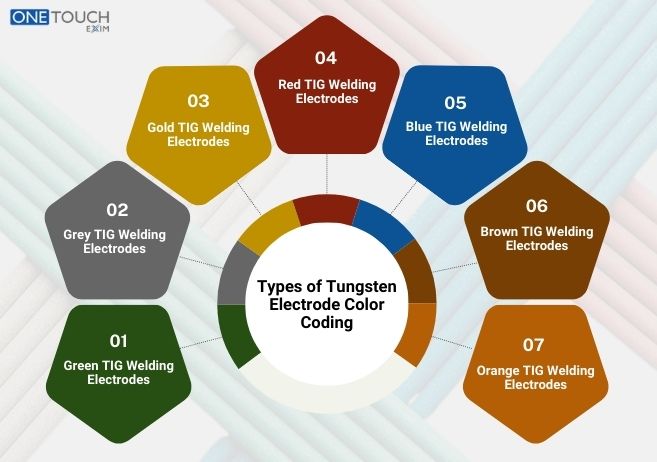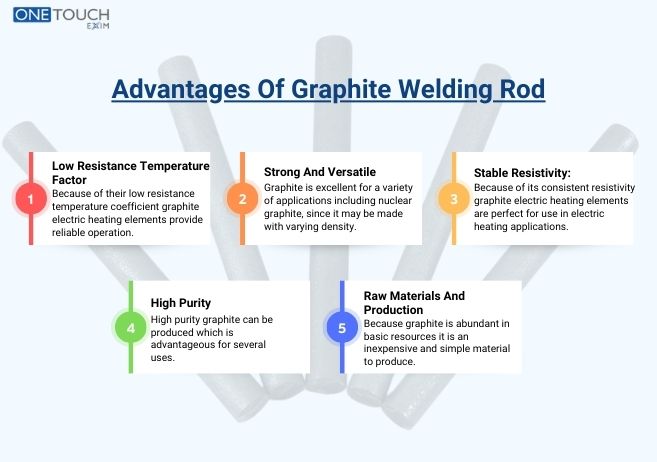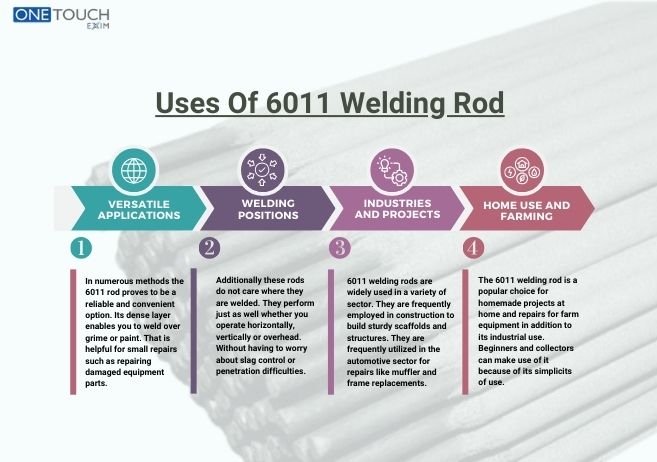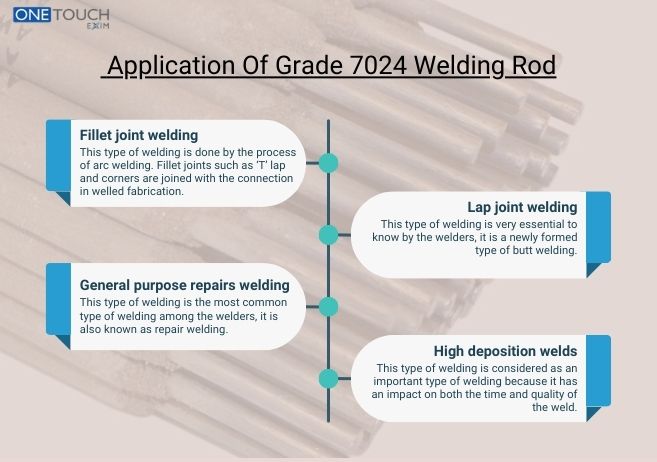Stainless welding wires need an accurate combination of techniques, skills, and equipment. The most important factor is the choice of welding wire for stainless steel which affects the quality of stainless steel welds. There are so many measures to keep in mind while selecting the stainless welding wire. Choosing the correct welding wire is most considered for superior weld integrity, best performance, and corrosion resistance.
Stainless steel welding wire should be built up of austenitic metal and of higher quality which provides the welding wire characteristics of low reactivity and wire also does not damage to any other metal while welding, it has a low melting point which results in easy melting and formed shape which is required.
What does Stainless welding wire mean?
Before choosing and to buy welding wire for stainless steel, it is most important to know about the stainless welding wire and its properties. It is basically known for its excellent features of having corrosion resistance, durability, and strength. These wires are used in various industries such as automotive, manufacturing, and construction. The welding technique and the composition of base metals are considered as most important factors while welding. Protective oxide layers are formed because stainless steel contains an amount of chromium and other alloying metals, unlike carbon steel.
While selecting the welding wire factors such as shielding gas, diameter, and welding parameters should be considered as important for achieving good quality stainless steel welds. It is important to select the accurate welding wire that matches the adequate metal composition and results in resistance to corrosion.
Factors While Selecting Stainless Welding Wire
There are so many factors that should be considered while selecting the correct welding wire for stainless steel such as the grades of the wires, the composition of metals, and the diameter of the wire enhances the performance of welding wire.
Grade of Stainless Steel Wire:
Before starting the process of welding the most important thing to keep in mind is the information provided by the manufacturers or a welding engineer for determining the best grade used in welding and also determines the type of stainless steel welding wire. Every grade has its own welding wires that match the composition and maintain the required properties while welding or after welding. Different grades possess relevant compositions such as precipitation-hardening, austenitic, duplex stainless steel, ferritic, and martensitic.
Composition of Wire:
The composition of wire should be relevant and closely match the composition of base metal. For example, while welding the austenitic stainless steel with a wire having higher nickel content enhances the integrity of welding and becomes crack-resistance.
Corrosion Resistance:
The most important factor of stainless steel welding wire is that it has the advantage of corrosion resistance. Although choosing a welding wire having a good corrosion resistance property is vital for maintaining the integrity of the metal after welding. Wires having increased levels of chromium and molybdenum should be considered as they improve the resistance to corrosion.
Shielding Gas:
It protects the weld pool from promoting proper fusion, and atmospheric contamination, and minimizing the risk of defects. Stainless steel welding includes argon and helium, and the combined mixture of both which is used in common shielding gases. The selection of shielding gas should coordinate with the welding wire and the requirement of a specific application.
Wire Diameter:
The diameter of the wire influences the weld bead’s appearance and the welding process. For thin gauge stainless steel, the thinner wires up to 0.30 are suitable, while for thicker sections the thicker wires up to 0.35-0.45 are most suitable. To achieve better results must ensure the wire diameter matches the joint design and welding parameters.
Grades of Stainless Steel Welding Wire
Most of the commonly used stainless steel welding wires for welding are as follows:
316L Stainless Welding Wire:
316L stainless welding wire is commonly used for the purpose of welding low-carbon molybdenum-bearing austenitic alloys, it contains a low-carbon content of 0.03% maximum, which results in reducing intergranular carbide precipitation without using stabilizers. The best welding wire has good pitting and resistance to corrosion in marine industries and many more industries.
It has a tensile strength of 86000 psi, a yield strength of 58000 psi, and an elongation of 36%.
308L Stainless Welding Wire:
These wires are the most popular wires among welders because it is suitable for welding austenitic stainless steel grades like 304 and 304L that is why welders prefer to buy 308L stainless welding wire. The properties of 308L stainless steel welding wire are they are high crack resistance, good weldability, and corrosion resistance.
They are used in general-purpose welding, architectural structures, general fabrication, and autobody manufacturing. It provides the radiographic quality weld. The wire contains low carbon and gives a stable arc, spatter-free, and good flow under excellent welding conditions. It has a tensile strength of 87000 psi and a yield strength of 57000 psi.
347 Stainless Welding Wire:
The wires provide the radiographic quality welds. 347 stainless steel welding wires are stabilized wires used to weld metals of similar compositions of stainless steel and these wires are also provided at lower prices as compare to other wires. These welding wire are basically used in applications where welding is noticed at high temperatures. It has the best preference in the industries such as oil and gas, aerospace, and chemical processes industries. It assures the durable and strong welds at minimum risk of having intergranular corrosion. The wire has a tensile strength of 87000 psi and a yield strength of 57000 psi.
309 Stainless Welding Wire:
These stainless welding wires have the same features as 309L stainless welding wires, they provide radiographic quality welds and have a maximum amount of carbon that results in resistance to intergranular corrosion. Basically, it is used for welding 18/8 base metals and also used for welding similar alloys in wrought or cast form. It has a tensile strength of 59,500 psi, a yield strength of 87500 psi, and an elongation of 40%.
316LSi Stainless Welding Wire:
316LSi Stainless Welding Wire has similar characteristics as 316L and has 0.65-1.00% content of silicon that results in improving the wash and wetting behavior in the process of gas shielding. These wires are made up of low-carbon content that results in maintaining the strength of the stainless steel structure and also minimizes the risk of corrosion. It has a tensile strength of 84,100 psi, yield strength of 58000 psi, and an elongation of 37%.
Conclusion
In the above text, we have seen about the stainless steel welding wire and discussed about their properties and their grades in brief. There are many choices for stainless steel welding wire, welders have to choose an appropriate type and diameter for the welding based on their work.
.
